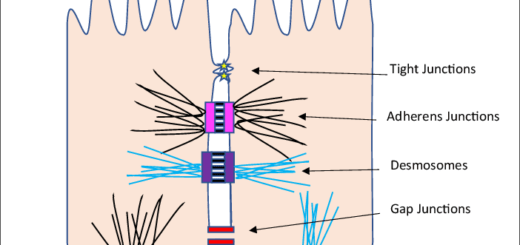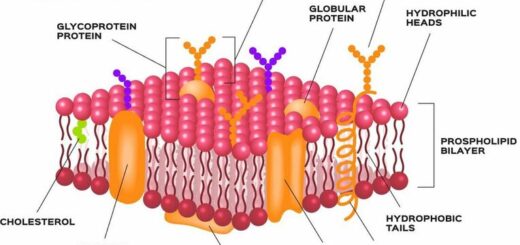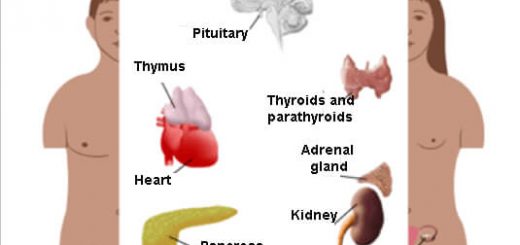Skeletal system, Importance of Cartilages, Joints, Ligaments and Tendons
Cartilages are a type of connective tissues that consists of cartilaginous cells, They do not contain blood vessels, So, they get food and oxygen from the bone cells by diffusion, Cartilages protect the bones from corrosion, as a result of the continuous friction between them.
Cartilages
Cartilages are found usually at the tips of bones, especially at the joints and between the vertebrae of the vertebral column, The cartilages are from some body parts such as ears, nose and bronchioles of the lungs.
Joints
In the human skeleton, there are three types of joints which are:
- Fibrous joints: These joints connect the bones of the skull together through its serrated tips, They don’t allow movement, The bones are fused with fibrous tissues at these joints and by growing older, these fibrous tissues change into bony tissues.
- Cartilaginous joints: They are joints that connect between the ends of some adjacent bones, They allow a very limited movement, They are found between the vertebrae of the vertebral column.
- Synovial joints: They represent most of the body joints, They are flexible joints that bear shocks (trauma), They allow the movement easily, where:
The bones which in contact with these joints are covered with a delicate layer of a transparent smooth cartilaginous substance which allows the movement of bones easily with less friction, They contain a synovial fluid that facilitates the sliding of cartilages that cover the tips of bones.
The synovial joints are divided according to their movement into Limited movement joints and Wide movement joints:
- Limited movement joints are joints that allow the movement of one of the bones in one direction only such as elbow joints and knee joints.
- Wide movement joints are the joints that allow the movement of the bones in many different directions such as shoulder and hip joints.
Ligaments
They are separated bundles of fibrous connective tissue, where their tips are fixed on the two bones of the joint, Their fibers are characterized by:
- being strong and durable.
- The presence of a degree of elasticity allows a little increase in their length, in order not to be cut during the exposure of the joint to external pressure.
Function: They link the bones with each other at the joints, They determine the movement of bones at the joints in a different direction.
Example: Ligaments of the knee joints which are:
- Anterior of the cruciate ligament.
- Posterior cruciate ligament.
- Medial collateral ligament.
- Lateral collateral ligament.
In some cases, the ligaments may be ruptured, due to the twisting of some joints as in the case of the cruciate ligament in the knee joint.
Tendons
They are strong connective tissue, They link the muscles with bones at the joints which allow the movement during the concentration and the relaxation of muscles, Example: Achilles tendon.
Its importance: The Achilles tendon connects the gastrocnemius muscle with the heel bone.
Damage of Achilles tendon
Causes:
- vigorous effort
- Sudden contraction of gastrocnemius muscle.
- Loss of elasticity in the gastrocnemius muscle.
Symptoms:
- The inability to walk.
- Acute pain.
- Heavy movement of the foot.
Treatments :
- Using anti-inflammatory and analgesic drugs.
- Using a medical splint.
- Surgical intervention which does not carry out, except during the complete tearing of the tendon.
Bones function, types & structure, The skeleton & Curvature of Spine in Adults
Skeletal system, Axial skeleton (vertebral column, Skull & thoracic cage)
Skeletal system, Appendicular skeleton structure and importance
Joints types & function, Nerve supply of joints & general features of Synovial Joints
Supporting connective tissue, Cartilages function, structure, types & growth



